I have been handed over a large undocumented code of a application written in php as the original coder went AWOL. My task is to add new features but I can't do that without understanding the code.I started poking around. honestly, I am overwhelmed by the amount of source code. I have found:
- Its well written based upon MVC architecture, DB persistence, Templating & OOP
- modular, there is concept of URL based routing,basic templating
- Uses custom written php framework which has no documentation.And there no source control history(oops!)
- there over 500 files, with each file containing hundreds of line of code. And every file has 3-4 require_once statements which include tons of other files, so its kinda hard to tell which function/class/method is coming from where
Now I am looking for some techniques that I use to understand this code. for example, consider the following code snippet:
class SiteController extends Common {
private $shared;
private $view;
protected function init(){
$this->loadShared();
$this->loadView();
}
private function loadShared(){
$this->shared = new Home();
}
private function loadView(){
$this->view = new HomeView();
}
I want to know
- where HomeView() & Home() are defined? Where does $this->shared & this->view come from? I checked the rest of the file, there is no method named shared or view. so obviously, they coming from one of hundreds of classes being included using require_once() But which one? how can I find out?
- Can I get a list of all the functions or methods that are being executed? If yes, then how?
- this class SiteController overrides a base Common class. But I unable to find out where is this Common class is located. How to tell?
Further, Please share some techniques that that be used to understand existing code written in php?
